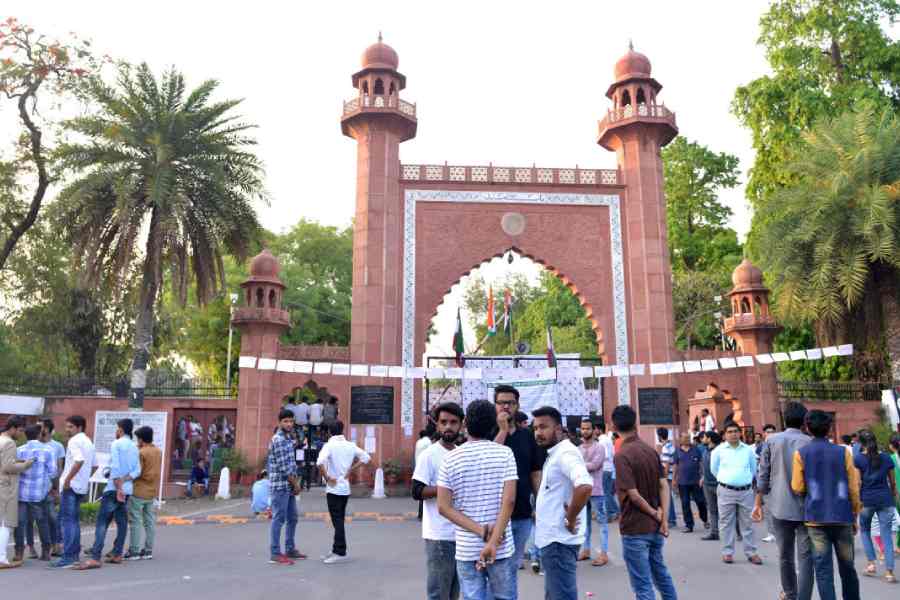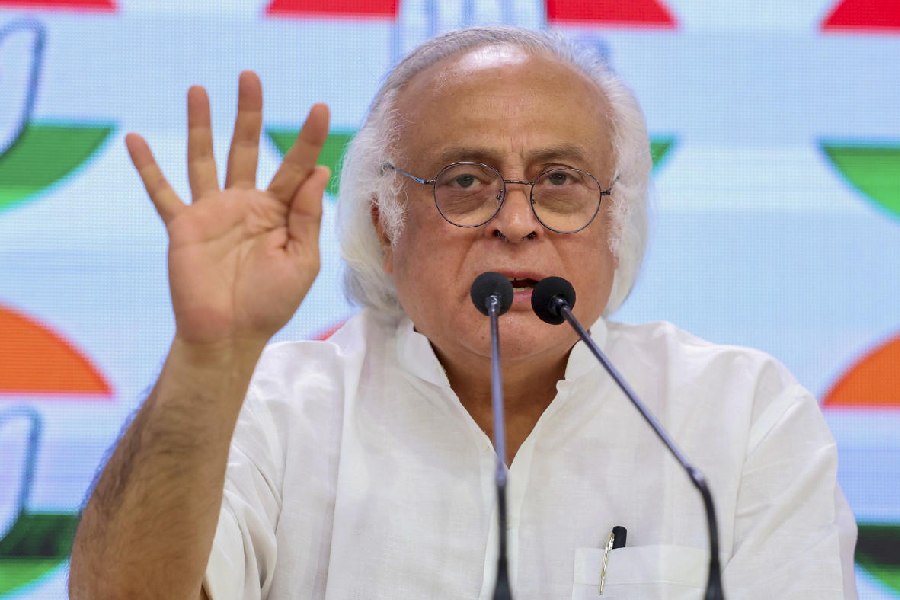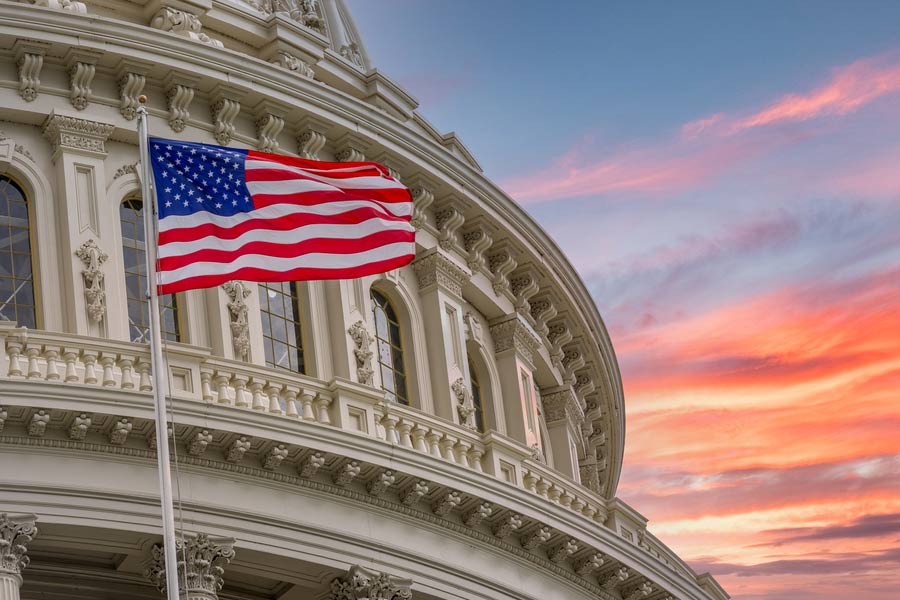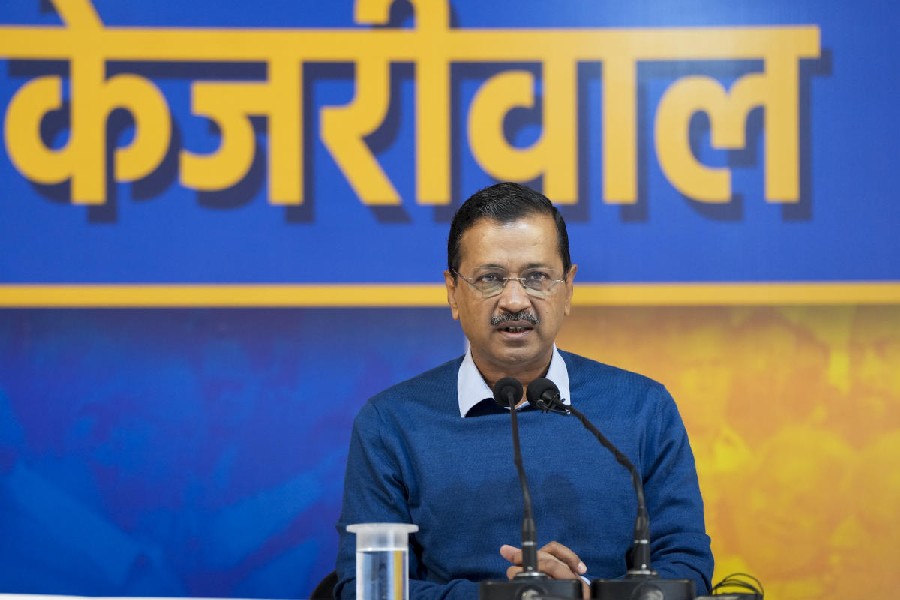The Indian Constitution completes 75 years today. There was a time when it didn’t look as if it would come into being. The Muslim League had refused to join in its deliberations, holding out for a separate state of Pakistan. The Cabinet Mission plan’s main proposals on how to group states in a future Indian Union had spectacularly collapsed. The Congress rejected it as communal; the League resorted to direct action on the streets and stayed away from the Constituent Assembly.
In the aftermath of this bloody episode, the Constitution, with its solemn promises of justice, liberty, equality and fraternity, came into existence. In some part, it was a riposte to the Muslim League — it had missed out on India’s grand constitutional experiment. In equal part, it was a benchmark for fairness for independent India’s newly-elected leaders. Sixty-five million Muslims may have gone to Pakistan, but 35 million Muslims remained. How would they be treated in independent India?
Seventy-five years on, we had a symbolic, albeit significant, answer last week from the Supreme Court. The court set the stage for ruling that Aligarh Muslim University is a minority educational institution. This conclusion might seem straightforward — Sir Syed Ahmad Khan’s untiring efforts to set up AMU, first as the Muhammadan Anglo-Oriental College, to educate Muslim youths is well-known. Legally, however, it was anything but. The court had to overrule its own decision taken in 1967 when it denied minority status to AMU. It had to clarify who could be a minority for the purpose of constitutional protection. Equally, it had to lay out what it means to have minority status in terms of non-interference and autonomy.
The judgment is best understood in the context of the long overhang of the minority question in India’s constitutional and public life. The bitterness of Partition has meant that there has been a certain squeamishness about the invocation of religion in the public sphere in independent India. Such squeamishness appeared to colour the judgment of the Supreme Court in Azeez Basha’s case in 1967 where it held that simply because AMU had originally been founded by Sir Syed Ahmad Khan for the benefit of the Muslim community did not mean that it would remain that way forever. In independent India, the judges believed, AMU was an institution of national importance, set up by a Central law, and could not be straitjacketed into a minority pigeonhole. That same view finds resonance in the dissenting views in the latest judgment.
The majority judgment, the last significant opinion by the former chief justice of India, D.Y. Chandrachud, before his retirement, reverses this logic. Just because an institution is a minority institution does not mean it cannot be an institution of national importance. The purpose of Article 30(1) of the Constitution which gives all minorities the right to “establish and administer educational institutions of their choice” is to ensure autonomy for minority communities in both setting up and managing their educational institutions. That autonomy cannot be abridged through a narrow, legalistic reading of the Constitution based on the fact that AMU only became a university by virtue of a colonial law in 1920. All universities required statutory incorporation — that itself could not undo the efforts of Sir Syed Ahmad Khan going from pillar to post to set up, as his son described it, a university for Muslims “similar to the great universities of Oxford and Cambridge.”
Seventy-five years on, the majority view marks a natural, albeit tentative, maturing of India’s constitutional promise of fraternity. Fraternity cannot mean a flattening of differences in service of a facile national identity. Instead, it must entail a celebration of that difference. Indianness is welcoming of multiple overlapping identities and the Constitution, at its core, must be interpreted to service that ideal. That is the core upshot of the majority view.
Using law to achieve this result is a victory of common sense over doctrinaire rules of legal interpretation. Justice Dipankar Datta in dissent is right — courts must be careful not to get carried away and overrule long-standing precedents. Neither must they look to appear progressive at the cost of promoting ambiguity in the law. But when that precedent is based on a reading of the law that does not accord with the clear intent of the provision, that precedent should be set aside. After all, the purpose of minority protections in the Constitution is to ensure that minority communities have the autonomy to shape their own educational institutions and, by implication, their future place in the Indian republic. A constricted interpretation, like the 1967 case, would defeat this right and promote an idea of the nation that privileges uniformity over unity, sameness over diversity, homogeneity over uniqueness.
Despite rejecting this view and interpreting the minority protections in the Constitution expansively, the majority judges failed to follow through and conclusively declare AMU a minority institution. It leaves this determination to a future bench. This is a cop-out. As Justice Datta, who denies AMU minority status holds in dissent, having heard such lengthy arguments, it pricked his conscience to send the matter to a smaller bench. Answering a theoretical question without solving the dispute may be both legally tenable and politically prudent. But it doesn’t add up as a matter of common sense.
That the majority judges showed a certain reluctance to close the loop demonstrates why the last word on AMU has not yet been spoken. The acceptance of Muslims for who they are and contributing to the national interest without having to dissolve themselves into a unified national identity found favour with them. But their hesitancy in following through, combined with the powerful and sophisticated articulations of dissent, reinforced on the ground by protests against the wearing of the hijab in public and the reading of namaaz on the streets, shows that there is a long way to go in this journey. Much like the integration of minorities into India’s national mainstream, this judgment too remains a work in progress.
Zakir Husain, the former president of India, had presciently remarked, “The way India conducts itself towards Aligarh will largely, yes, will largely, determine the form that our national life will acquire in the future.” The Supreme Court has reinforced the status of the Constitution as a bulwark of autonomy for AMU to shape its own destiny. As it prepares to do so, it would do well to remember another sage piece of advice from Husain — “The way Aligarh participates in various walks of national life will determine the place of Muslims in Indian national life.” The promise of autonomy should not become an invitation to separateness.
Arghya Sengupta is Research Director, Vidhi Centre for Legal Policy. Views are personal











